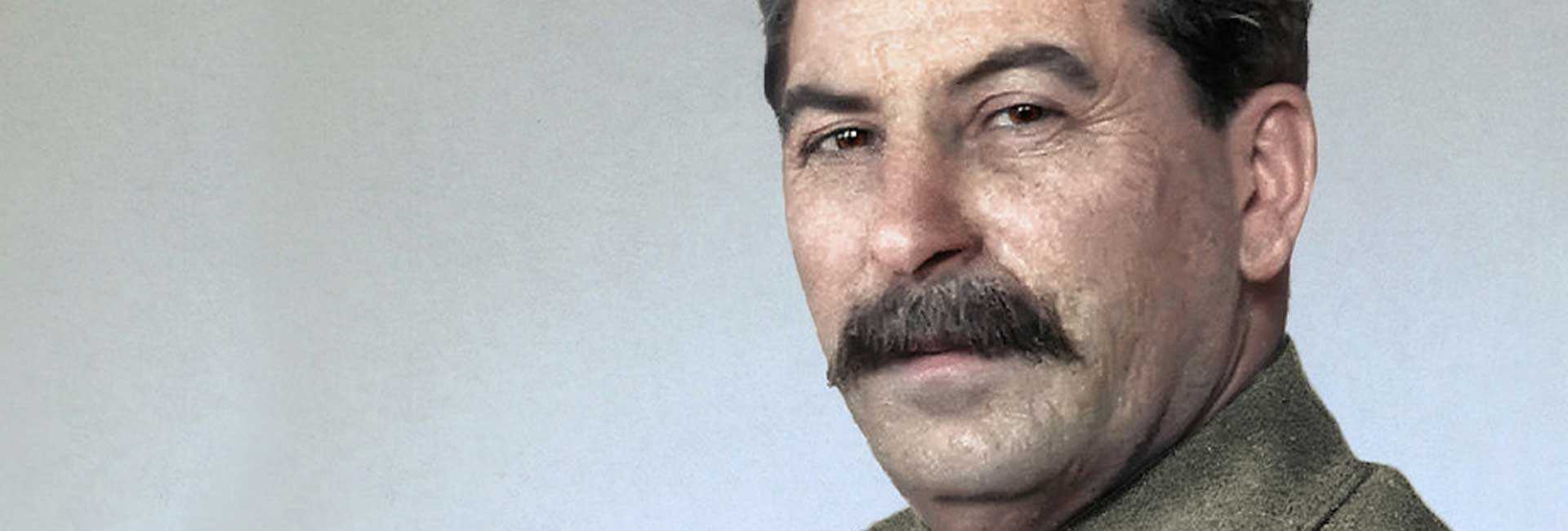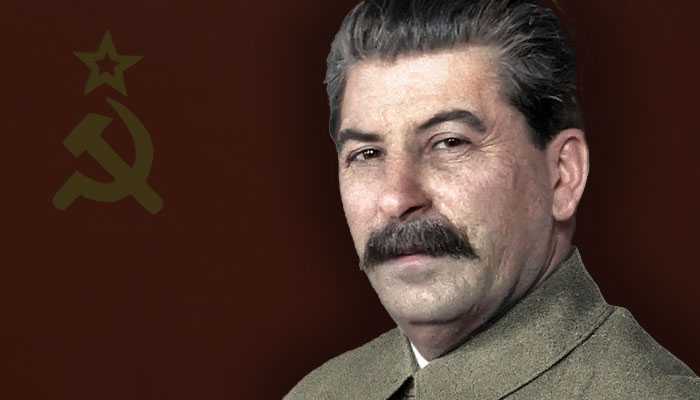
Life and death of Joseph Stalin
Life and death of Joseph Stalin, the facts
Joseph Vissarionovich Stalin (18 December 1878 - 5 March 1953) was a Georgian revolutionary and Soviet politician who led the Soviet Union from the mid–1920s until 1953 as the general secretary of the Communist Party of the Soviet Union (1922 - 1952) and premier of the Soviet Union (1941 - 1953). Despite initially governing the Soviet Union as part of a collective leadership, he eventually consolidated power to become the country's de facto dictator by the 1930s. A communist ideologically committed to the Leninist interpretation of Marxism, Stalin formalised these ideas as Marxism–Leninism, while his own policies are known as Stalinism.
Born to a poor family in Gori in the Russian Empire (now Georgia), Stalin joined the Marxist Russian Social Democratic Labour Party as a youth. He edited the party's newspaper, Pravda, and raised funds for Vladimir Lenin's Bolshevik faction via robberies, kidnappings, and protection rackets. Repeatedly arrested, he underwent several internal exiles. After the Bolsheviks seized power during the 1917 October Revolution and created a one-party state under Lenin's newly renamed Communist Party, Stalin joined its governing Politburo. Serving in the Russian Civil War before overseeing the Soviet Union's establishment in 1922, Stalin assumed leadership over the country following Lenin's 1924 death. Under Stalin, "Socialism in One Country" became a central tenet of the party's dogma. Through the Five-Year Plans, the country underwent agricultural collectivisation and rapid industrialisation, creating a centralised command economy. This led to significant disruptions in food production that contributed to the famine of 1932–33. To eradicate accused "enemies of the working class", Stalin instituted the "Great Purge", in which over a million were imprisoned and at least 700,000 executed between 1934 and 1939. By 1937, he had complete personal control over the party and state.
Stalin's government promoted Marxism–Leninism abroad through the Communist International and supported European anti-fascist movements during the 1930s, particularly in the Spanish Civil War. In 1939, it signed a non-aggression pact with Nazi Germany, resulting in the Soviet invasion of Poland. Germany ended the pact by invading the Soviet Union in 1941. Despite initial setbacks, the Soviet Red Army repelled the German incursion and captured Berlin in 1945, ending World War II in Europe. The Soviets annexed the Baltic states and helped establish Soviet-aligned governments throughout Central and Eastern Europe, China, and North Korea. The Soviet Union and the United States emerged from the war as global superpowers. Tensions arose between the Soviet-backed Eastern Bloc and U.S.-backed Western Bloc which became known as the Cold War. Stalin led his country through the post-war reconstruction, during which it developed a nuclear weapon in 1949. In these years, the country experienced another major famine and an anti-semitic campaign peaking in the doctors' plot. After Stalin's death in 1953, he was eventually succeeded by Nikita Khrushchev, who denounced him and initiated the de-Stalinisation of Soviet society.
Russian Dacha and Famous Stalin’s Summer Residence in Sochi
Stalin summer retreat or dacha was built in 1936 for rest and recreation. The dacha was built so Joseph Stalin could take hydrogen sulfide baths. What is Matsesta? This is an unusual healing spring of water. It was assumed that medical procedures here will be held annually. The Kremlin doctors recommended him to take medical baths every year. He had problems with the musculoskeletal system. In 1934 it was decided to build this villa. In 1936, this dacha was built. In 1937, Stalin came here for the first time. He came here in the autumn. His retinue was permanent. With him came the head of the security Vlasik and personal secretary Poskrebyshev, as well as his children Vasily and Svetlana.
Widely considered one of the 20th century's most significant figures, Stalin was the subject of a pervasive personality cult within the international Marxist–Leninist movement, which revered him as a champion of the working class and socialism. Since the dissolution of the Soviet Union in 1991, Stalin has retained popularity in Russia and Georgia as a victorious wartime leader who established the Soviet Union as a major world power. Conversely, his totalitarian government has been widely condemned for overseeing mass repressions, ethnic cleansing, deportations, hundreds of thousands of executions, and famines that killed millions.

-
Born: 18 December 1878
-
Gori, Tiflis Governorate, Caucasus Viceroyalty, Russian Empire
-
Died: 5 March 1953
-
Kuntsevo Dacha, Kuntsevo, Moscow, Russian SFSR, Soviet Union
Generalissimo of the Soviet Union
